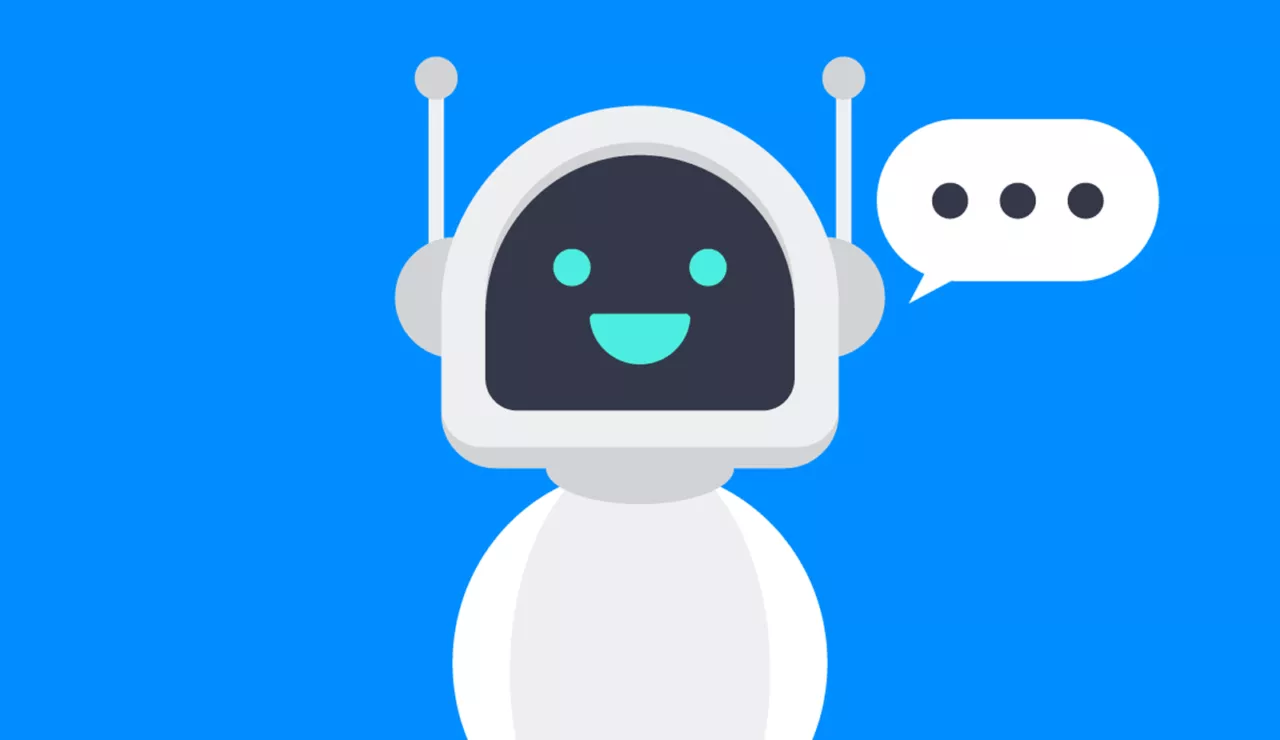
Generative artificial intelligence is a branch of AI capable of creating new content, such as text, images, videos, music, and even source code.
Unlike traditional systems that simply analyze data, generative AI learns patterns and uses them to produce something new and original.
This technology is already transforming marketing, journalism, graphic design, and education, becoming an indispensable tool for companies and professionals who want to innovate and stand out in an increasingly competitive market.
Today, tools like ChatGPT, MidJourney, DALL·E, Runway, and Synthesia allow anyone to create texts, presentations, videos, or images with just a few clicks. In marketing, it's being used to produce personalized campaigns on a large scale.
In journalism, he helps write articles based on real-time data. In design, he can create logos and layouts on demand.
This automation of creativity reduces costs, speeds up deadlines, and delivers highly personalized results—an ideal combination for brands seeking efficiency and impact.
Content producers are already adopting AI to write blogs, YouTube scripts, academic summaries, and even books.
Platforms like Jasper and Copy.ai generate SEO-optimized text in seconds, while tools like Descript automatically create podcasts and videos.
This technology doesn't replace the creator, but empowers them. It allows you to produce more in less time, experiment with different creative approaches, and focus on what really matters: connecting with your audience.
Generative AI ushers in a new era of personalized advertising.
It is now possible to generate ads based on each user's behavioral profile, automatically adapting images, texts, and even narrations.
This results in much more effective campaigns, with higher conversion rates. Furthermore, the use of AI in creation enables large-scale A/B testing, facilitating continuous optimization of results.
Brands that invest in this technology come out ahead, as they can communicate with their audience more naturally, quickly, and efficiently.
With great power comes great responsibility. Generative AI raises important questions about copyright, authenticity, and content misuse.
It's essential that companies and creators use these tools transparently, flagging AI-generated content, and adhering to ethical guidelines.
Furthermore, it is important that the use of technology does not replace human sensitivity, but rather complements it, ensuring that the final message has purpose and authenticity.
In the educational environment, generative AI is already being used to create teaching materials on demand, simulate learning situations, and even personalize content according to each student's profile.
Tools like Scribe, MagicSchool, and Eduaide.ai allow teachers to create activities, tests, and explanations with just a few clicks.
For students, learning becomes more engaging and adaptive. This not only improves academic performance but also prepares students for a future where AI will be part of everyday life.
Film studios and game developers are already using generative AI to create characters, sets, and scripts. With tools like Runway and NVIDIA Omniverse, it's possible to produce trailers, animations, and virtual worlds at reduced costs and in record time. This democratizes audiovisual production and allows even independent creators to develop professional-quality works. For brands, this represents an opportunity to create immersive and interactive experiences, increasing audience recall and engagement.
Companies of all sizes can start using generative AI in their strategies.
The first step is to identify which creative processes can be automated, such as creating posts, captions, banners, videos, or newsletters.
Then, it's important to test different tools, track the results, and adjust your approach as needed.
Integrating AI into the creative process allows you to scale quality content production, reduce rework, and gain a competitive advantage in the market.
Generative AI doesn't replace human talent; it augments it. The trend for the coming years is for creators and algorithms to work side by side, each with their own role.
The machine provides agility, data, and efficiency; the human, with sensitivity, values, and intuition.
This synergy creates unprecedented results, paving the way for a new era of communication, where content is more relevant, personal, and impactful.
Generative artificial intelligence is already shaping the present and will define the future of communication. Brands that embrace this technology can innovate faster, communicate better, and reach more people with fewer resources.
It's not just about using a tool, it's about rethinking how we express ourselves, create, and connect.
Whether you're looking to increase conversions, strengthen positioning, or scale campaigns, generative AI is the smartest and most effective shortcut. The time to act is now.